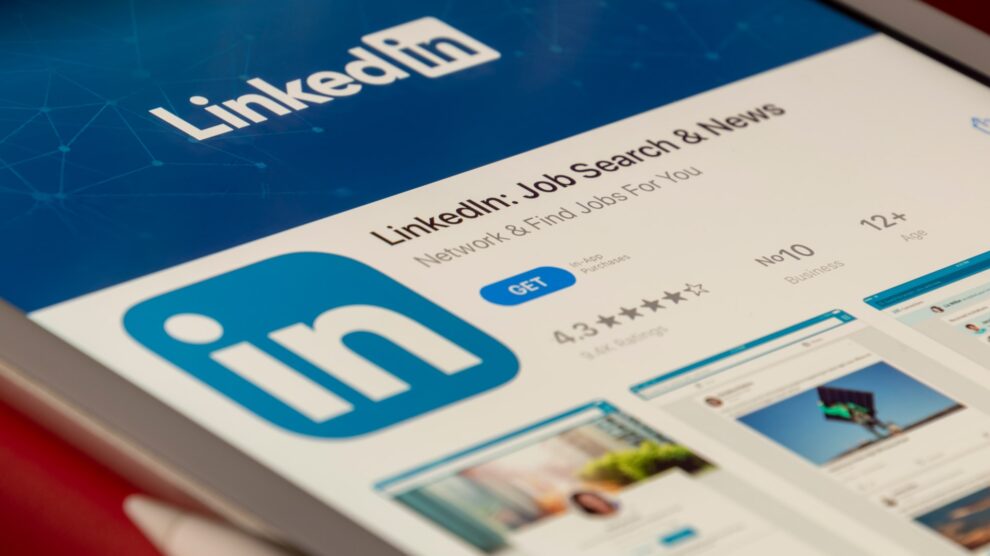While the US unemployment rate has dropped to 7.9 percent as of September 2020, the job market is still largely recovering from the COVID-19 pandemic.
As a result, job seekers now have to jump at any opportunity to stand out from the crowd to sustain amidst today’s challenging times. That’s when LinkedIn comes into play. Having a strong LinkedIn presence won’t only help job seekers register on an employer’s radar, but it’s also the ultimate tool to amass connections and stay on top of industry trends.
Good news?
This guide explains how to optimize your LinkedIn profile and wow employers so that you can start work on Monday.
Get a Custom URL
If you aren’t a power user of LinkedIn, your profile URL likely consists of a nauseating mix of numbers and characters that looks something like this, “linkedin.com/in/sQys&za9&#.”
Problem?
Most recruiters expect job seekers to list their LinkedIn profile on a resume, so they can check your online presence as well as ensure whatever you’ve written in your application (e.g., work history) checks out with your online profile. Hence, if you don’t get a custom LinkedIn profile URL, it’ll look clunky and less professional on your resume.
So—here’s how to get a custom profile URL:
- Click on the “Me” icon at the top of your LinkedIn profile.
- Click “View profile.”
- Click “Edit public profile & URL” in the right rail.
- Click the “Edit” icon next to your public profile URL.
- Write your new custom URL in the text box (e.g., your name)
- Click “Save.”
Make It Easier for Employers to Find You
If you want to get more job offers via LinkedIn, you need to let recruiters know you’re open.
To do it, head over to your dashboard and look for a “Career interests” bar just below your LinkedIn summary.
There, you’ll be able to specify:
- Up to five job titles you’re interested in.
- Preferred job locations.
- Start date (depending on whether you’re actively applying or just browsing for offers casually.)
- Job types (e.g., full-time, part-time, or internship)
Make Your Profile Hulk-Level Strong
Now that you’re done with the basics, it’s time to move on to more advanced optimization strategies for your LinkedIn profile.
For starters, make sure to provide as much information about yourself as possible. That’s because users who fully fill out their profiles are 40 times more likely to get job offers from recruiters, according to a recent LinkedIn study.
So—put in some legwork to:
- Craft an engaging profile summary.
- List your work experience (use numbers whenever possible) and education.
- Add certifications (if any).
- Highlight your accomplishments (from past or current roles.)
As for the “Skills” section, you can leave it for now, as we’ll tackle it later.
Make Your Skills Marketable
So far so good.
Now—it’s time to move onto the skills section.
First off, keep in mind that you can only add up to 50 skills to your LinkedIn profile. Hence, be sure to hand-pick the skills that you feel are the most relevant.
Generally, a good place to start is to open up your resume and transfer the skills you have there to your LinkedIn profile.
In this case, when typing the skills, it’s good practice to pick the ones that LinkedIn suggests instead of adding them manually. Otherwise, recruiters might have a hard time finding your profile.
Afterward, you can also put in some elbow grease to search for LinkedIn profiles similar to yours and see what other working professionals list in their “Skills” section.
Lastly, don’t just focus on adding hard skills (e.g., Excel, SEO), but also consider adding soft skills. To help you, below are five soft skills that companies need the most in 2020:
- Creativity
- Persuasion
- Collaboration
- Adaptability
- Emotional intelligence





